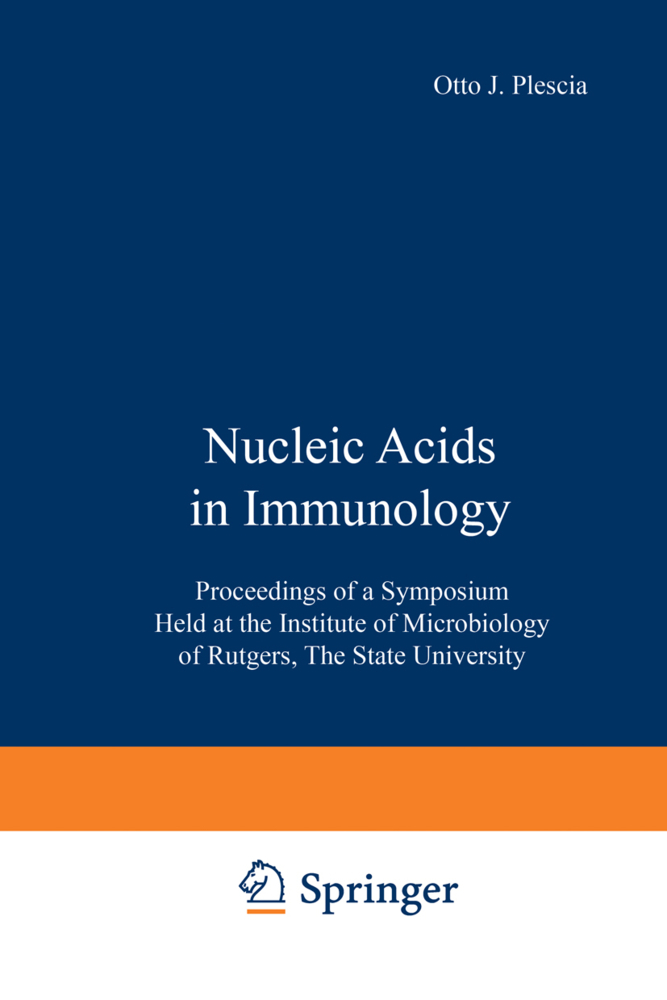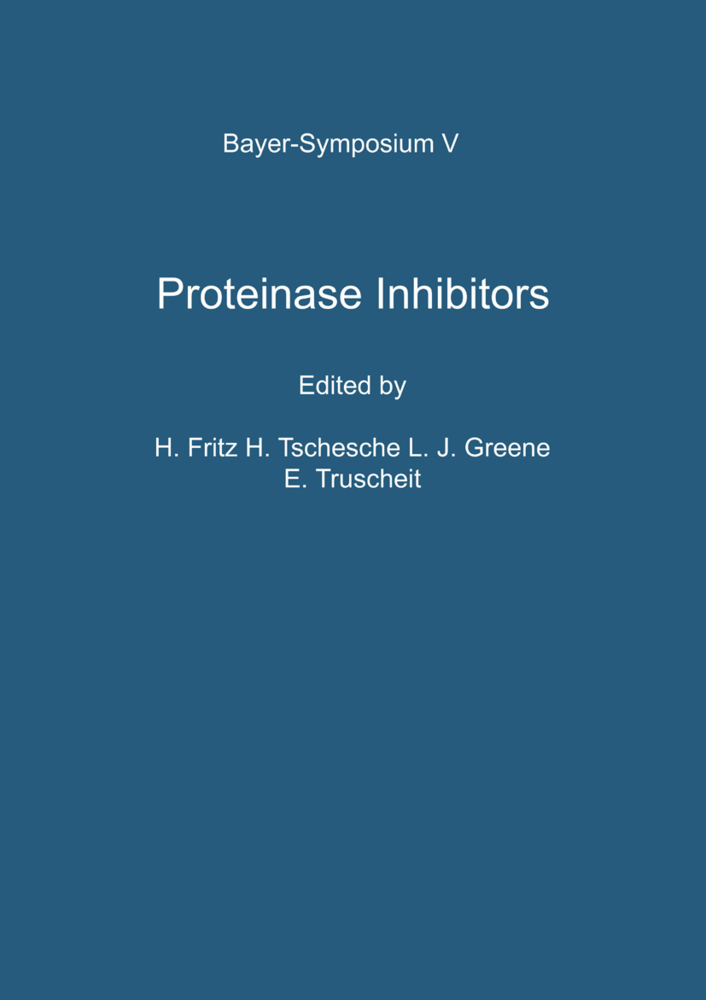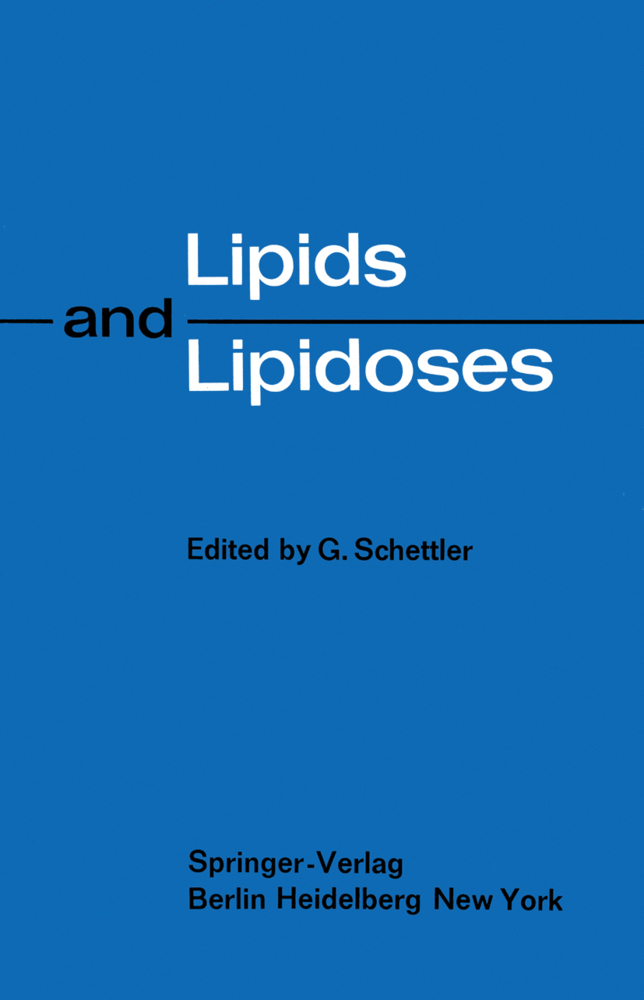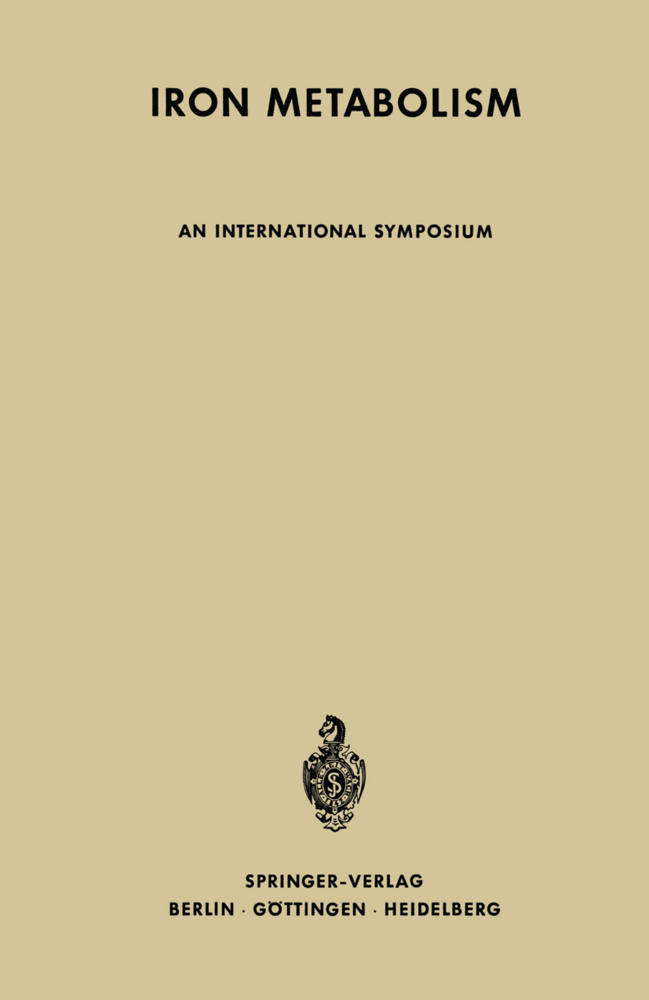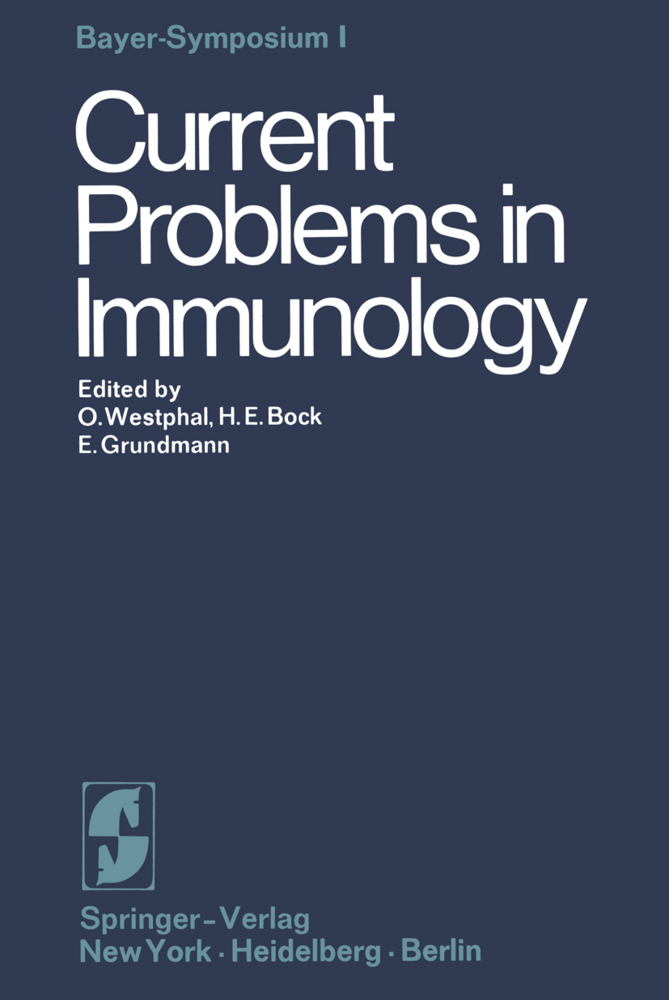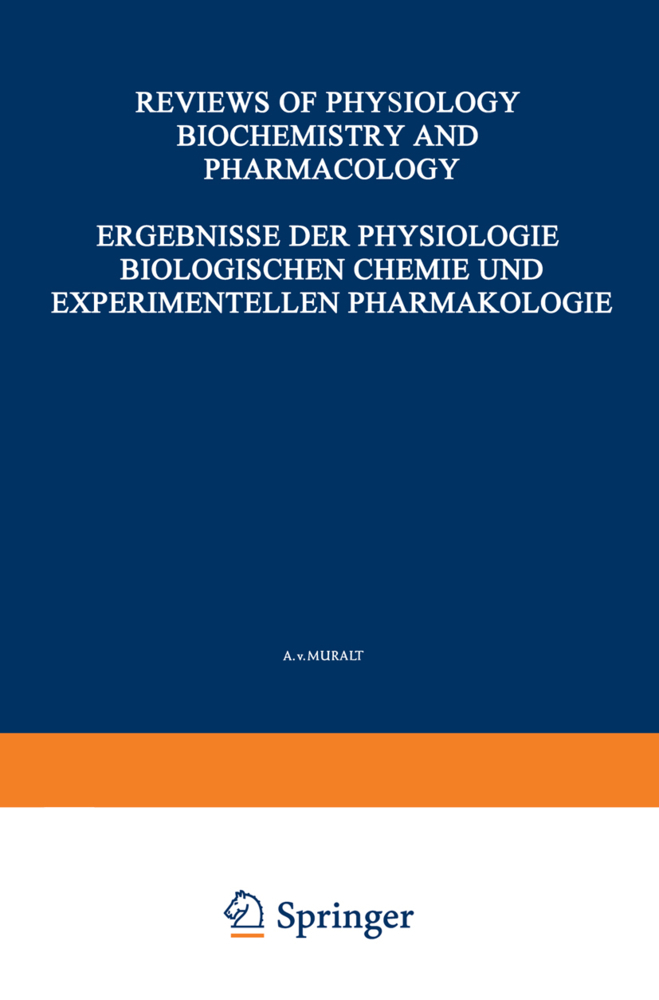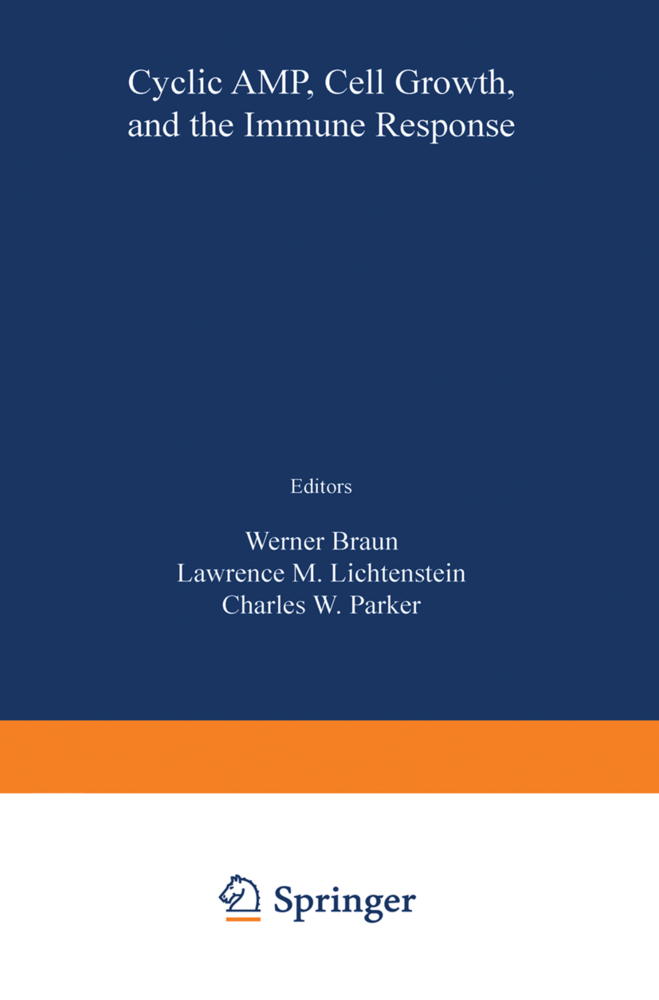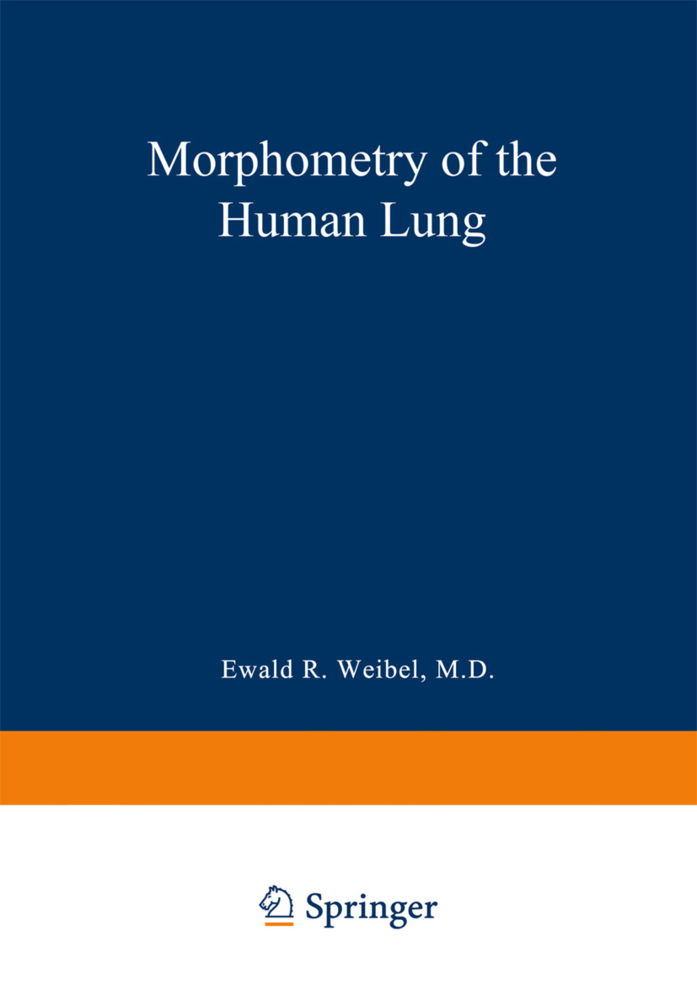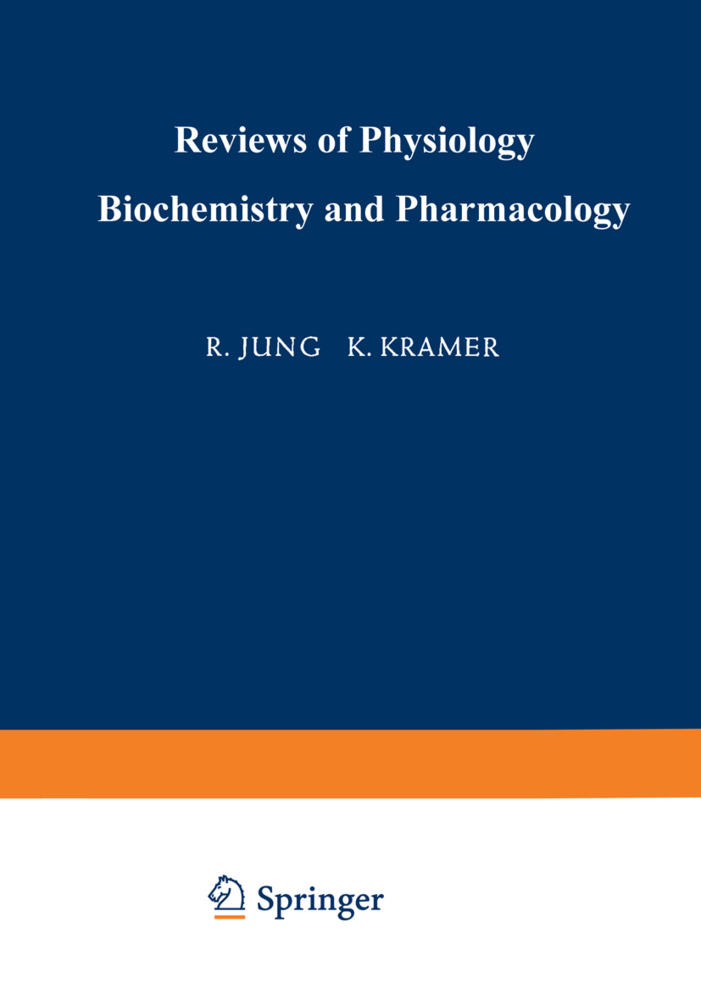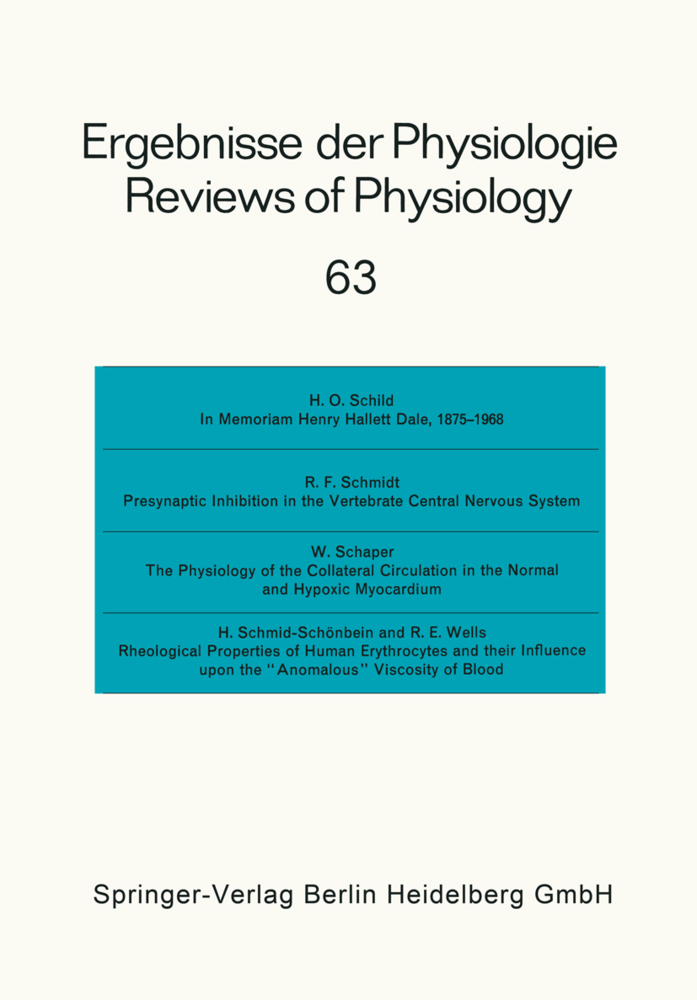Nucleic Acids in Immunology
Proceedings of a Symposium Held at the Institute of Microbiology of Rutgers, The State University
Nucleic Acids in Immunology
Proceedings of a Symposium Held at the Institute of Microbiology of Rutgers, The State University
Two fields have played a leading role in biomedical research in recent years, the biochemistry of nucleic acids and immunology. Yet, with the exception of those aspects which have been concerned with antibody synthesis as an example of protein synthesis, there was until recently a lack of direct association between the two fields. Until quite recently the antigenicity of nucleic acids was still in doubt and indeed represented a controversial subject. Also, the exact role of the various nucleic acids in various stages of antibody synthesis was uncertain. These skepticisms and uncertainties disappeared rapidly in the last few years. New experi mental approaches brought the realization that nucleic acids, under appropriate conditions, are indeed immunogenic, and that the resulting antibodies can furnish new tools for the exploration of the mplecular structure of the all-important family of nucleic acid molecules. ' At the same time, the recognition of the antigenicity of nucleic acids brought a new level of understanding to certain auto-immune diseases and pro vided new material for the exploration of the role of a carrier in immune responses. Side by side with this development was the almost explosive development of new experimental approaches and new ideas pertaining to the problem of antibody formation. Nucleic acids in their various forms were recognized as playing an expected major role in the activation of antibody-forming cells. Perhaps less to be expected was the role they can playas non-specific stimulators of antibody formation.
Methylated Bovine Serum Albumin as a Carrier for Oligo- and Poly-Nucleotides
The Production of Antibodies to Mononucleotides, Oligonucleotides, and DNA
Specific Antibodies to Polynucleotide Complexes and Their Reaction with Nucleic Acids: Importance of the Secondary Structure of the Antigen
Specificity in the Reaction Between Anti-Pyrimidine Nucleoside Antibodies and DNA
Antibodies to the Terminal Moieties of Guanine Mononucleotides and Guanine-Containing Dinucleotides
Discussion
Oligo- and Polynucleotides as Haptens (Part II)
Formation and Isolation of Antibodies Specific for Nucleotides
The Reaction of Anti-Deoxyribonucleic Acid Sera with Nucleoside and Nucleotide Conjugates
The Various Types of DNA Antibodies in Lupus Sera
DNA and Nucleoprotein Determinants for Systemic Lupus Erythematosus Sera
Cellular Phases of the Immune Response Following Immunization with Mammalian and Bacterial Ribosomes
Discussion
Use of Nucleic Acid-Specific Antibodies
Immunological Evidence for the Existence of Thymine Dimers in Ultraviolet Irradiated DNA
Immunological Evidence for the Identity of a Photoproduct Formed During Photooxidation of DNA with Methylene Blue, Rose Bengal, Thionin and Acridine Orange
Use of Anti-RNA Antibodies in the Study of the Structure of Polynucleotides and Ribosomal Particles
Inhibition of Bacterial Transformation by Nucleic Acid-Specific Antibodies
Effects of Anti-Hapten Antibodies on the Biological Activities of Nucleic Acids
Use of Fluorescein-Labelled Anti-Nuclear Antibodies in the Study of Chromosomal Structure
Discussion
Role of the Carrier in the Production of Hapten-Specific Antibodies
The Genetic Control of the Immune Response to Hapten-Poly-L-Lysine Conjugates in Guinea Pigs
The Relationship of the Hapten to the Carrier in the Induction and Specificity of the Immune Response
Importance of Immunogenicity of the Carrier in Inducing a Response Against Carrier-Synthetic Polymer Aggregates
Specificity of the Immune Response as a Function of the Carrier
The Role of Conformation in the Structure of Antigenic Sites
Discussion
Nucleic Acids as Non-Specific Stimulators of Immune Responses
Stimulation of Antibody-Forming Cells by Oligonucleotides of Known Composition
Influence of Oligonucleotides of Known Composition on Rates of DNA Synthesis in Pneumococci
Enhancement of Antibody Formation by Nucleic Acids and Their Derivatives
Restoration of Immunologic Capacities in Irradiated Animals by Nucleic Acids and Their Derivatives
Nucleic Acids and Induction of Antibody Synthesis in Inhibited Systems
Induction of an Allogeneic-like Inhibition by Means of DNA Obtained from Untreated Cells
Discussion
Role of Nucleic Acids in Specific Antibody Formation (Part I)
Antibody Formation Initiated in vitro with RNA and RNA-Antigen Complexes
Roles of DNA and RNA in the Antibody Response
The Antigen-RNA Complex of Macrophages
On the Role of Antigen Fragments and RNA in the Immune Response of Rabbits to a Soluble Antigen
The Nature of Immunogenic RNA-Antigen Complexes in Immune and Tolerant Mice
Stimulation of Anti-Tumor Activity of the Host with RNA from Immune Lymphocytes
Discussion
Role of Nucleic Acids in Specific Antibody Formation (Part II)
Fractionation of RNA Capable of Transferring Transplantation Immunity
Induction of Accelerated Graft Rejection and Enhanced Graft-Versus-Host Reaction with RNA from Lymphoid Organs of Animals Immunized with Allogeneic Tissues
UniqueSpecies of RNA in Peritoneal Cells Exposed to Different Antigens
Studies in vitro on Immunoglobulin Biosynthesis
Synthesis and Assembly of Immunoglobulin
On the Role of Nucleic Acids as Genes Conferring Precise Chemospecificity to Differentiated Cell Lines
Studies on the Multiple Isoaccepting Transfer Ribonucleic Acids in Mouse Plasma Cell Tumors
Isolation and Characterization of RNA Produced in Response to Antigen
Discussion
Text of Speech Presented at the Symposium Banquet
The Molecular Biology of Expectation.
Oligo- and Polynucleotides as Haptens (Part I)
Reading the Helix BackwardsMethylated Bovine Serum Albumin as a Carrier for Oligo- and Poly-Nucleotides
The Production of Antibodies to Mononucleotides, Oligonucleotides, and DNA
Specific Antibodies to Polynucleotide Complexes and Their Reaction with Nucleic Acids: Importance of the Secondary Structure of the Antigen
Specificity in the Reaction Between Anti-Pyrimidine Nucleoside Antibodies and DNA
Antibodies to the Terminal Moieties of Guanine Mononucleotides and Guanine-Containing Dinucleotides
Discussion
Oligo- and Polynucleotides as Haptens (Part II)
Formation and Isolation of Antibodies Specific for Nucleotides
The Reaction of Anti-Deoxyribonucleic Acid Sera with Nucleoside and Nucleotide Conjugates
The Various Types of DNA Antibodies in Lupus Sera
DNA and Nucleoprotein Determinants for Systemic Lupus Erythematosus Sera
Cellular Phases of the Immune Response Following Immunization with Mammalian and Bacterial Ribosomes
Discussion
Use of Nucleic Acid-Specific Antibodies
Immunological Evidence for the Existence of Thymine Dimers in Ultraviolet Irradiated DNA
Immunological Evidence for the Identity of a Photoproduct Formed During Photooxidation of DNA with Methylene Blue, Rose Bengal, Thionin and Acridine Orange
Use of Anti-RNA Antibodies in the Study of the Structure of Polynucleotides and Ribosomal Particles
Inhibition of Bacterial Transformation by Nucleic Acid-Specific Antibodies
Effects of Anti-Hapten Antibodies on the Biological Activities of Nucleic Acids
Use of Fluorescein-Labelled Anti-Nuclear Antibodies in the Study of Chromosomal Structure
Discussion
Role of the Carrier in the Production of Hapten-Specific Antibodies
The Genetic Control of the Immune Response to Hapten-Poly-L-Lysine Conjugates in Guinea Pigs
The Relationship of the Hapten to the Carrier in the Induction and Specificity of the Immune Response
Importance of Immunogenicity of the Carrier in Inducing a Response Against Carrier-Synthetic Polymer Aggregates
Specificity of the Immune Response as a Function of the Carrier
The Role of Conformation in the Structure of Antigenic Sites
Discussion
Nucleic Acids as Non-Specific Stimulators of Immune Responses
Stimulation of Antibody-Forming Cells by Oligonucleotides of Known Composition
Influence of Oligonucleotides of Known Composition on Rates of DNA Synthesis in Pneumococci
Enhancement of Antibody Formation by Nucleic Acids and Their Derivatives
Restoration of Immunologic Capacities in Irradiated Animals by Nucleic Acids and Their Derivatives
Nucleic Acids and Induction of Antibody Synthesis in Inhibited Systems
Induction of an Allogeneic-like Inhibition by Means of DNA Obtained from Untreated Cells
Discussion
Role of Nucleic Acids in Specific Antibody Formation (Part I)
Antibody Formation Initiated in vitro with RNA and RNA-Antigen Complexes
Roles of DNA and RNA in the Antibody Response
The Antigen-RNA Complex of Macrophages
On the Role of Antigen Fragments and RNA in the Immune Response of Rabbits to a Soluble Antigen
The Nature of Immunogenic RNA-Antigen Complexes in Immune and Tolerant Mice
Stimulation of Anti-Tumor Activity of the Host with RNA from Immune Lymphocytes
Discussion
Role of Nucleic Acids in Specific Antibody Formation (Part II)
Fractionation of RNA Capable of Transferring Transplantation Immunity
Induction of Accelerated Graft Rejection and Enhanced Graft-Versus-Host Reaction with RNA from Lymphoid Organs of Animals Immunized with Allogeneic Tissues
UniqueSpecies of RNA in Peritoneal Cells Exposed to Different Antigens
Studies in vitro on Immunoglobulin Biosynthesis
Synthesis and Assembly of Immunoglobulin
On the Role of Nucleic Acids as Genes Conferring Precise Chemospecificity to Differentiated Cell Lines
Studies on the Multiple Isoaccepting Transfer Ribonucleic Acids in Mouse Plasma Cell Tumors
Isolation and Characterization of RNA Produced in Response to Antigen
Discussion
Text of Speech Presented at the Symposium Banquet
The Molecular Biology of Expectation.
| ISBN | 978-3-642-87670-7 |
|---|---|
| Artikelnummer | 9783642876707 |
| Medientyp | Buch |
| Auflage | Softcover reprint of the original 1st ed. 1968 |
| Copyrightjahr | 2013 |
| Verlag | Springer, Berlin |
| Umfang | XVII, 724 Seiten |
| Abbildungen | XVII, 724 p. |
| Sprache | Englisch |

